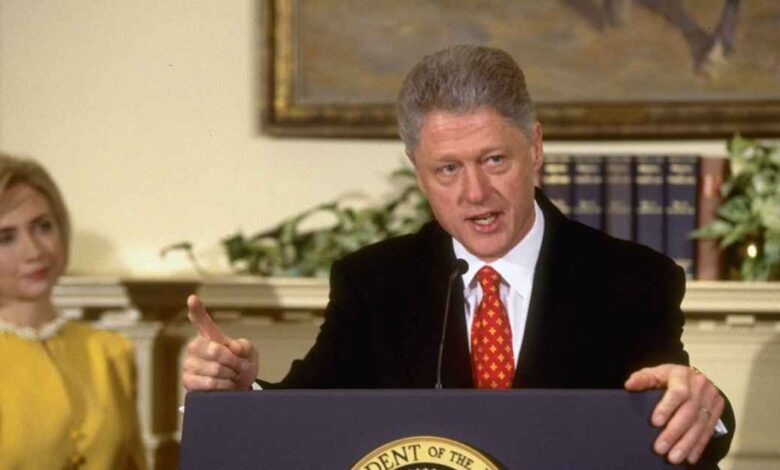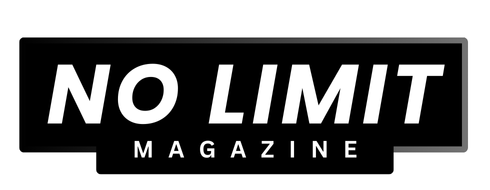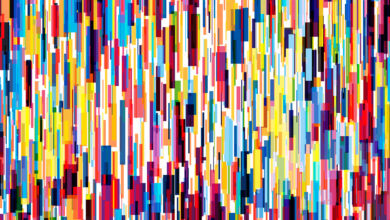The 1990s: When Technology Upended Our World

Few felt this more painfully—or still feels this—as much as business. Shawn Fanning, the college student who founded Napster, set it in motion. Fanning’s breakthrough idea signaled the end of the analog world. Inventing a way for users to download music files for free, Napster was responsible for the greatest transfer of intellectual property in history. It was the beginning of free. The music industry didn’t like it one little bit, but once the genie was out, it could not be returned.
“Napster felt like this magical amazing thing—like why doesn’t music work like this? It was like the Internet should enable things like this,” says Jonah Peretti, the digital founder behind HuffPost and BuzzFeed.
Not realizing this was a terminal situation, the industry fought back—namely in the shape of the band Metallica, which filed a lawsuit and triggered a Senate Judiciary Committee hearing. The testimony of a young Gene Kan, an anonymous developer at Gnutella (a platform offering a similar service to Napster), proved very prescient that day in June 2001. “The benefits of digital downloadable media are infinite,” he told the committee. “20m Napster users can’t be wrong. 20m today—100m tomorrow. Technology moves forward and leaves the stragglers behind. The adopters always win, and the stalwarts always lose. Mechanized farming is a good example. You don’t see anyone out there with a horse and plow these days. The Internet touches everyone and everything. Everyone must adapt, business and intellectual property owners are not excluded.”
In the end Napster was ahead of its time, and the Senate ruled that it be shut down. But Napster was the canary in the coal mine for all media, and a new paradigm had been set.
“It was incredible how many years it took after Napster was shut down to get back to something that was even half as good as Napster,” says Peretti. “We’ve got closer to it now with paid models like Spotify. Napster pointed to the way the world could work, the Internet could work.”
Politics was also experiencing its own disruption: The Florida recount in the 2000 Bush–Gore presidential deadlock defined how divided a nation America had become. But it also had an even more pernicious effect. Days of uncertainty revolving around the unlikely “hanging chads” stalled a resolution. The election mechanisms—yet another institution—had failed.
The Supreme Court was called in to decide, divisively overruling the recount. This threw into doubt any idea that the system was one of fairness and justice, forcing both sides to entrench themselves further.
The fallout of that is a matter of deep discussion today, but this was the moment it all began.
“In the 1990s, with all the cynicism in the media, with all the individuation in the Internet, [something happens],” says Troy, the history professor. “When I go to the Internet I go deeper and deeper into my right-wing rabbit hole, I go deeper and deeper in my left-wing rabbit hole. And so the Internet—which becomes the world’s greatest organizing tool, and the world’s greatest community-building tool—could also be the world’s, and America’s, most polarizing tool.”
Technology had one more killer blow to deliver. The Internet also helped usher in the unseen ascent of a global terror network that was to scorch itself onto the world’s conscience on the morning of September 11, 2001. The ’90s were over and a new decade—with a new set of problems—was beginning.
History Reads features the work of prominent authors and historians.
Source link


